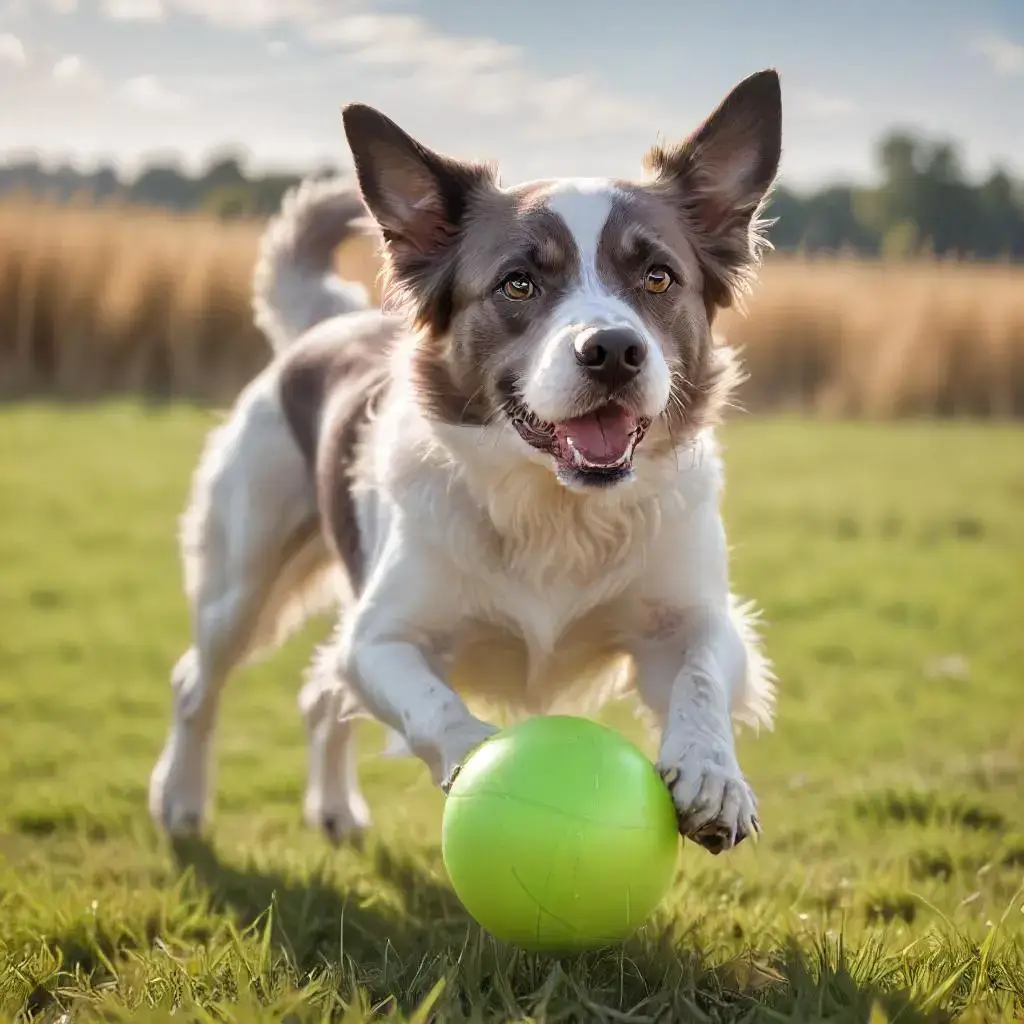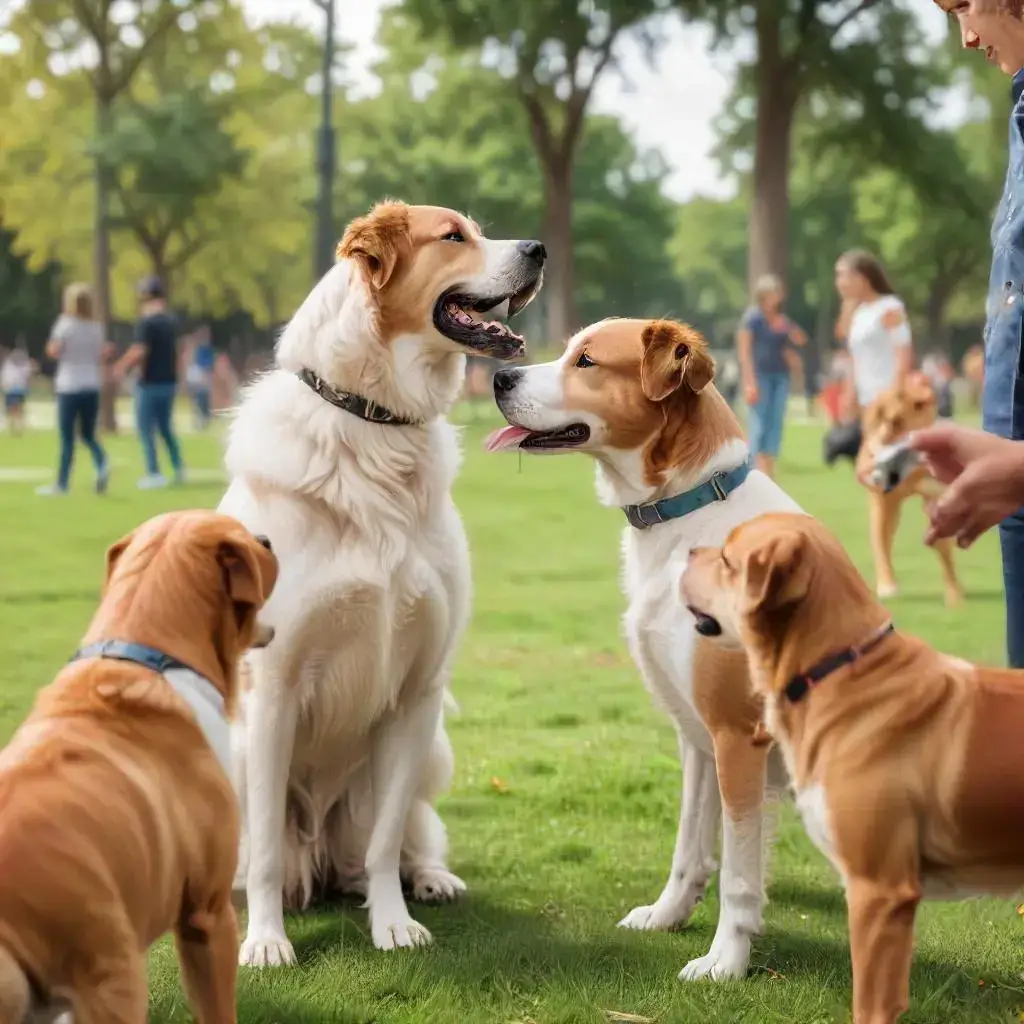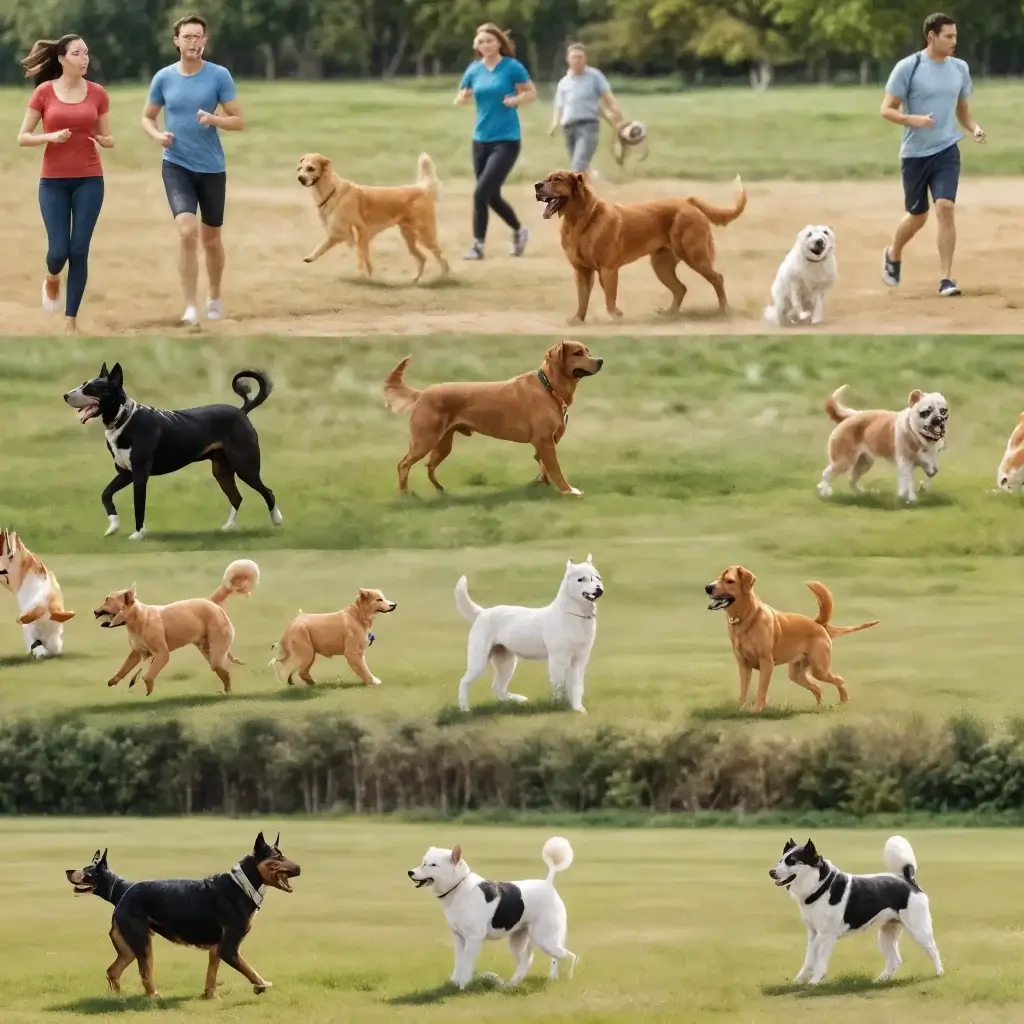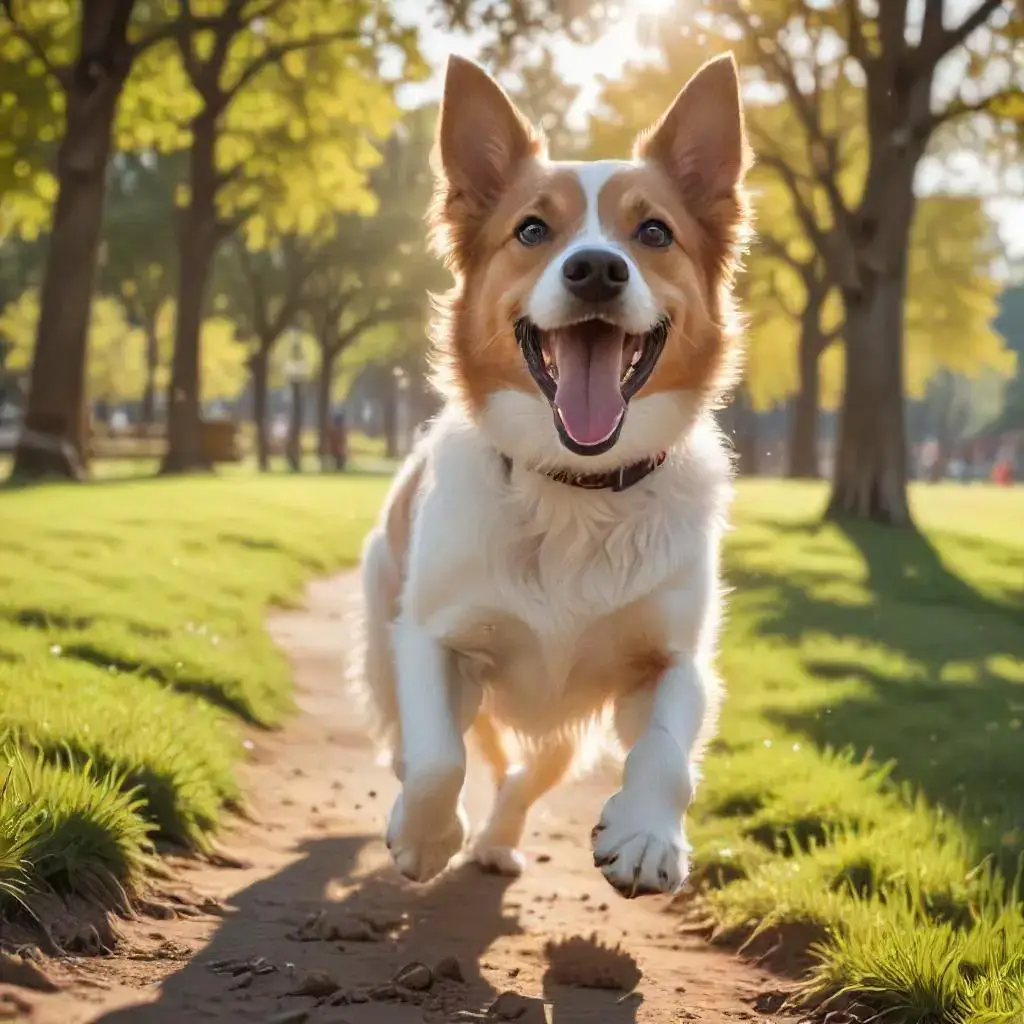Regular exercise is essential for dogs, just as it is for humans. Physical activity helps keep your dog healthy, happy, and well-behaved. In this guide, we’ll explore the numerous benefits of regular exercise for dogs and provide tips on how to incorporate it into your pet’s daily routine.
Physical Health Benefits

Regular exercise significantly contributes to your dog’s physical health.
Weight Management
One of the most obvious benefits of regular exercise is weight management.
Preventing Obesity
Exercise helps prevent obesity, which can lead to a host of health problems such as diabetes, heart disease, and joint issues.
Maintaining a Healthy Weight
Regular physical activity helps maintain a healthy weight, ensuring your dog stays fit and agile.
Improved Cardiovascular Health
Exercise strengthens your dog’s heart and improves cardiovascular health.
Enhanced Circulation
Physical activity promotes better blood circulation, which is crucial for overall health.
Reduced Risk of Heart Disease
Regular exercise reduces the risk of heart disease by keeping the cardiovascular system in optimal condition.
Stronger Muscles and Bones
Exercise helps build stronger muscles and bones, which are essential for your dog’s mobility and overall health.
Muscle Development
Engaging in activities like running and playing helps develop strong muscles.
Bone Density
Weight-bearing exercises contribute to improved bone density, reducing the risk of fractures and osteoporosis.
Improved Digestive Health
Exercise aids in digestion and prevents gastrointestinal issues.
Enhanced Metabolism
Physical activity boosts metabolism, aiding in better digestion and nutrient absorption.
Regular Bowel Movements
Exercise promotes regular bowel movements, preventing constipation and other digestive problems.
Mental Health Benefits

Regular exercise also plays a vital role in your dog’s mental health.
Reduced Stress and Anxiety
Physical activity is a natural stress reliever for dogs.
Release of Endorphins
Exercise stimulates the release of endorphins, which help reduce stress and anxiety levels.
Calming Effect
Regular activity provides a calming effect, reducing anxiety and nervous behavior.
Prevention of Boredom
Exercise helps prevent boredom, which can lead to destructive behavior.
Mental Stimulation
Engaging in different activities provides mental stimulation, keeping your dog’s mind sharp and engaged.
Preventing Destructive Behavior
A well-exercised dog is less likely to engage in destructive behaviors such as chewing furniture or digging.
Improved Sleep
Exercise promotes better sleep patterns in dogs.
Energy Expenditure
Physical activity helps expend energy, leading to more restful sleep.
Establishing Routine
Regular exercise helps establish a daily routine, promoting consistent sleep patterns.
Behavioral Benefits

Exercise can significantly improve your dog’s behavior.
Better Socialization
Regular exercise provides opportunities for socialization.
Interaction with Other Dogs
Activities like dog park visits allow your dog to interact with other dogs, improving social skills.
Meeting New People
Regular walks expose your dog to new people, enhancing their comfort with strangers.
Reduced Hyperactivity
Exercise helps reduce hyperactivity in dogs.
Energy Channeling
Regular physical activity channels excess energy into productive outlets.
Improved Focus
A well-exercised dog is more focused and easier to train.
Enhanced Training
Exercise can improve the effectiveness of training sessions.
Improved Attention
A dog that gets regular exercise is more attentive during training.
Reinforcing Commands
Physical activity provides opportunities to reinforce commands and practice obedience.
Exercise Recommendations

Different breeds and ages require different exercise routines.
Tailoring Exercise to Your Dog
Customize the exercise routine based on your dog’s breed, age, and health condition.
Breed-Specific Needs
Some breeds require more exercise than others. For instance, working breeds like Border Collies need more activity compared to smaller breeds like Pugs.
Age Considerations
Puppies and young dogs have different exercise needs compared to older dogs. Tailor the routine to fit their age and energy levels.
Types of Exercises
Incorporate a variety of exercises to keep your dog engaged and healthy.
Walking
Daily walks are a simple yet effective way to keep your dog active.
Running and Hiking
For more energetic dogs, running and hiking can provide excellent exercise.
Playtime Activities
Engage in playtime activities like fetch, tug-of-war, and agility training.
Safety Tips
Ensure your dog’s safety during exercise.
Proper Hydration
Always provide plenty of water before, during, and after exercise to prevent dehydration.
Avoiding Extreme Temperatures
Avoid exercising during extreme heat or cold to prevent health risks.
Monitoring Health
Keep an eye on your dog’s health and adjust exercise routines as needed.
FAQs
How much exercise does my dog need? The amount of exercise your dog needs depends on their breed, age, and health. Generally, dogs need at least 30 minutes to 2 hours of exercise daily.
Can I over-exercise my dog? Yes, over-exercising can lead to injuries and exhaustion. Pay attention to your dog’s signals and provide adequate rest.
What are some indoor exercise options for dogs? Indoor exercise options include playing fetch, tug-of-war, and using interactive toys or obstacle courses.
How can I keep my senior dog active? For senior dogs, low-impact activities like gentle walks and swimming are ideal. Adjust the intensity based on their comfort and mobility.
Is mental stimulation as important as physical exercise? Yes, mental stimulation is crucial for a dog’s overall well-being. Incorporate activities that challenge their mind, such as puzzle toys and training sessions.
What are the signs that my dog needs more exercise? Signs include restlessness, excessive barking, destructive behavior, and weight gain. Increasing exercise can help address these issues.
Conclusion
Regular exercise is essential for your dog’s physical, mental, and behavioral health. By understanding and implementing a consistent exercise routine, you can ensure your dog remains happy, healthy, and well-behaved. Embrace the journey of keeping your furry friend active and enjoy the numerous benefits it brings to both of you.


